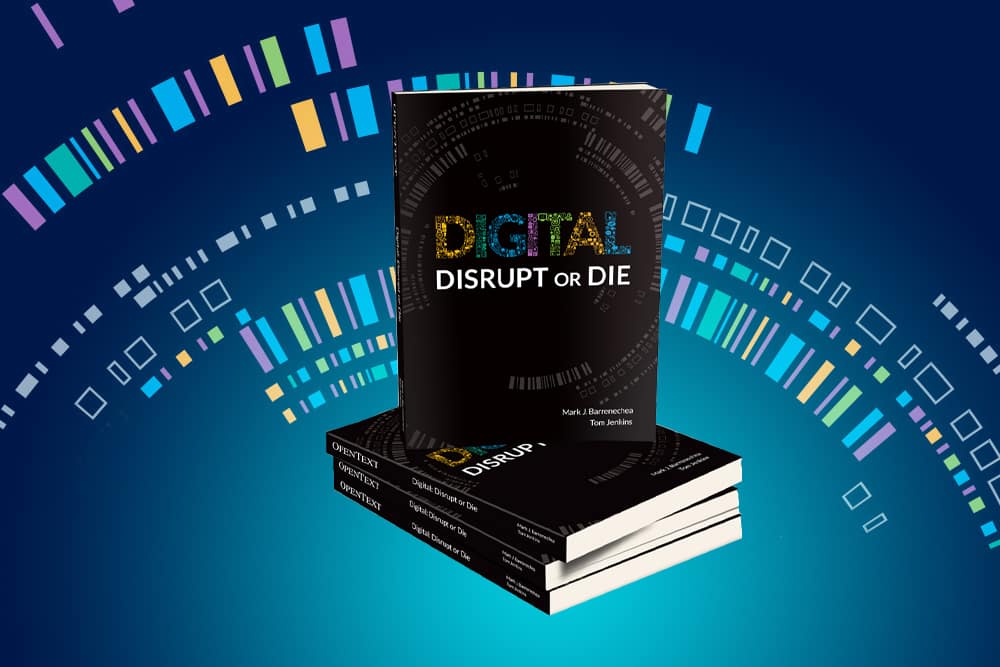Digital engagement isn’t an option anymore, it’s a requirement. Today’s consumers are savvy and fickle, and companies must work to earn their loyalty. They’re demanding more from the brands they love, and their tolerance for anything but a seamless, engaging, and compelling experience is flagging.
In a digital world, organizations must digitize their customer journeys, from initial interest through to purchase and follow-on service or support. The best way to do this is to shift to a digital marketing strategy. One that creates consistent and compelling customer experiences at every touchpoint through omni-channel delivery, responsive design, and targeted communications and information.
Digital technologies have introduced new customer touchpoints and increased opportunities to engage. Since consumers often use more than one channel to interact with a brand (in some instances they use five or six), delivering uniform and relevant messages across all channels is crucial for return on marketing investments and customer satisfaction. Omni-channel focuses on meeting consumer needs by pulling together programs to provide a cohesive brand experience across channels, platforms, and devices.
To borrow from Bruce Lee, digital design should “be like water”. You put water into a cup, it becomes the cup. You put water into a bottle, it becomes the bottle. You put water into a teapot, it becomes the teapot. The same holds true for digital experiences. The transition from desktop to device to point-of-sale should be fluid. This is achieved through responsive design. Customers don’t see individual devices or channels; they look for a consistent and familiar brand experience that delivers relevant content.
Nirvana on the customer journey is realized when a company anticipates the needs and wants of a customer and serves up targeted and tailored content, products, or services, in the moment of need, wherever the customer is. Organizations that can predict customer behavior have a better chance at fulfilling consumer needs.
Analytics—or analyzing data collected across various touch points of the customer journey (transactions, interactions, social media sites, and devices) helps organizations discover valuable customer insights so that they can offer more personalized and satisfying experiences.
The most effective way to target different audiences is to use messages that focus on products and services with the greatest appeal for each segment. Using dynamically generated customer communications, organizations can create and automate their marketing campaigns. When correspondence is part of a digitized process, end results are gains in efficiency and the ability to create superior customer experiences.
As one of the foundational suites for Enterprise Information Management (EIM), Customer Experience Management (CEM) aims to create a richer, more interactive online experience across multiple channels without sacrificing requirements for compliance and information governance. CEM brings together all of the technologies required to re-architect back-office systems, consolidate customer data, and create digitized front-end experiences.
Digital engagement starts inside the firewall and extends outside the enterprise and all along the supply chain. In the next post in this series, I’ll explore how the supply chain is being disrupted and how enterprises can digitize key processes for greater collaboration, information exchange, and business agility. Find out how you can capitalize on digital disruption.
To learn more, read my book, Digital: Disrupt or Die.




